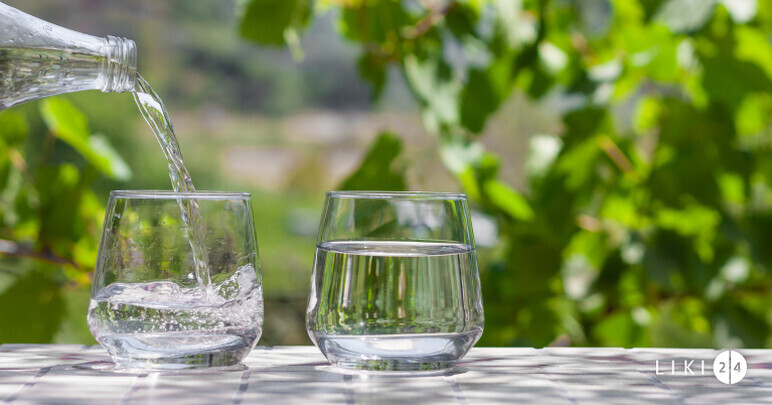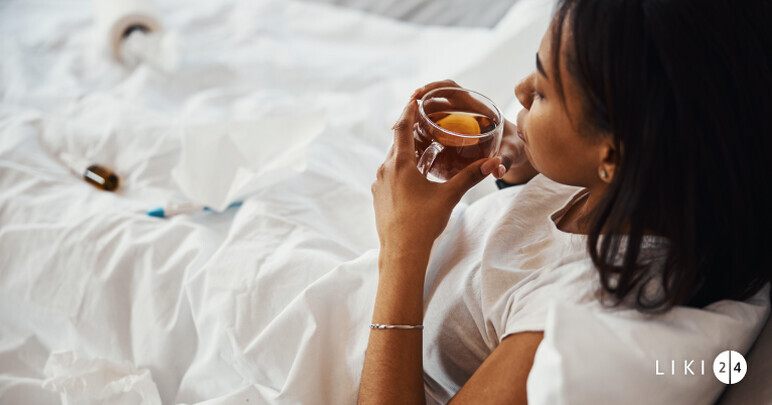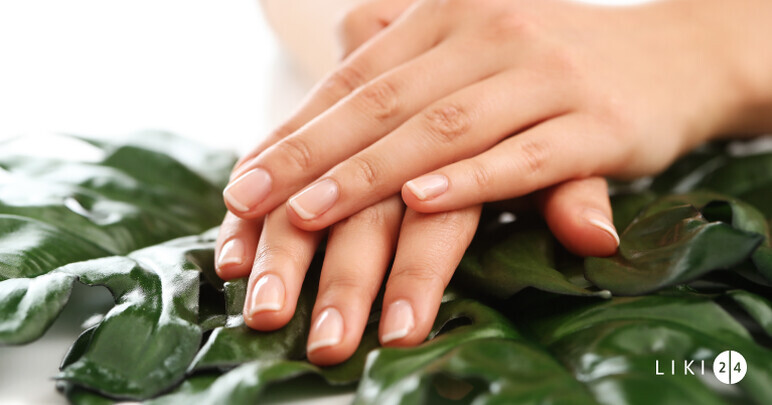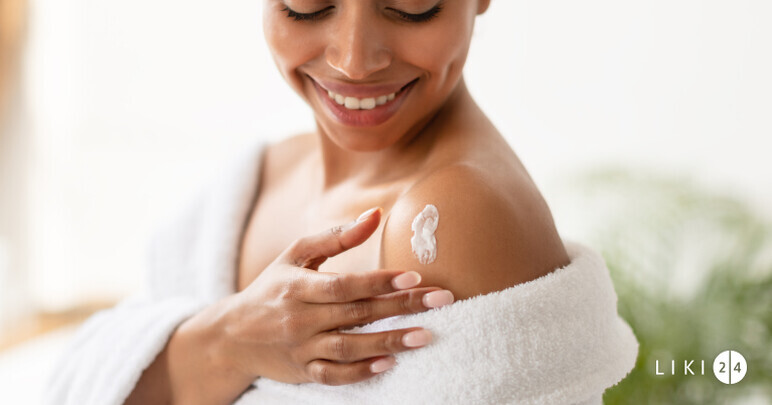Blephasol, micellar liquid for daily care of sensitive eyelids, 100 ml
Blephasol
Description Blephasol
The information in the FAQ section was created by the Liki24.co.uk team and is based on the official manufacturer's manual
Blephasol is a micellar cleansing liquid for daily eyelid hygiene, an innovative product created by Théa Laboratories to ensure gentle yet effective eye hygiene. Used to remove impurities, sebaceous secretions, dust particles or make-up residues, Blephasol Thea is particularly suitable for people with sensitive skin or a predisposition to eye discomfort.
Form of release
Blephasol Thea comes in the form of a micellar liquid, packaged in a 100 ml bottle, intended for external application with a cotton pad. The formula is clear, odourless and non-greasy, suitable for routine use, leaving no sticky residue or feeling of dryness after application.
The packaging is compact, easy to handle and leak-proof, ensuring that the physical and chemical qualities of the solution are preserved under optimal conditions.
Indications for use
Blephasol is particularly recommended for:
- Daily hygiene of the eyelids and eyelashes as part of a preventive routine;
- Gentle removal of periocular make-up without excessive rubbing;
- People with sensitive eyelids, prone to skin irritation or allergies;
- Contact lens wearers, thanks to its preservative- and irritant-free formula;
- Patients with chronic blepharitis or allergic conjunctivitis
- As part of preoperative hygiene before minor ophthalmic procedures.
In a medical and cosmetic context where periocular care is becoming increasingly important, the product is an essential ally in the prevention and relief of inflammatory eyelid conditions such as blepharitis or Meibomian gland dysfunction.
Dosage
Blephasol is used twice a day, in the morning and evening, or whenever the eyelids need to be cleaned. The method of application involves the following steps:
- Shake the bottle before use.
- Soak a cotton pad or lint-free pad in Blephasol.
- Gently apply to closed eyelids, cleaning the edges and lash line, without applying directly to the eyeball.
The product is for external use only and direct contact with the eye surface should be avoided.
Contraindications
Although Blephasol is well tolerated, there are certain situations in which its use is contraindicated:
- Known hypersensitivity to any of the ingredients or excipients
- Open wounds or severe inflammation of the eyelids requiring prior medical consultation
Internal use is strictly contraindicated.
Special instructions
The micelles in Blephasol are microscopic bipolar structures that act like magnets, attracting oily impurities through their lipophilic core and dissolving water-soluble residues through their hydrophilic exterior. This dual action allows for effective and gentle cleansing without compromising the skin's natural protective barrier.
This makes Blephasol ideal for people with sensitive or irritation-prone skin.
Side effects
Blephasol has been shown to be a very well-tolerated product with an extremely low rate of adverse reactions. However, the following may rarely occur:
- Transient stinging or tingling sensation after application;
- Local irritation or erythema in hypersensitive patients;
- Mild eye discomfort if accidentally applied to the eye surface.
Interactions with other medicines and food
Given its exclusive topical application and absence of systemic absorption, Blephasol has no significant interactions with medicines administered orally or systemically.
However, in case of concomitant administration of topical ophthalmic treatments (drops, ointments), it is recommended that Blephasol be applied at least 10-15 minutes beforehand so as not to compromise their absorption or efficacy.
Overdose
Since Blephasol is for external use only, the risk of overdose is basically zero. In rare cases of excessive or accidental application to the eye, rinse with sterile water or saline solution.
Storage conditions
To maintain product quality, Blephasol Thea should be stored at room temperature, away from direct sources of light or heat, in the original packaging, tightly closed. Keep out of the reach of children. It is recommended to use within the expiry date printed on the packaging.
Specialised literature used
- PubMed, Clinical efficacy of eyelid hygiene in blepharitis and meibomian gland dysfunction after cataract surgery: a randomised controlled pilot study
- PubMed, Eyelid cleansing: Methods, tools and clinical applications
- Cleveland Clinic, Blepharitis
- Hopkinsmedicine.org, Blepharitis





















